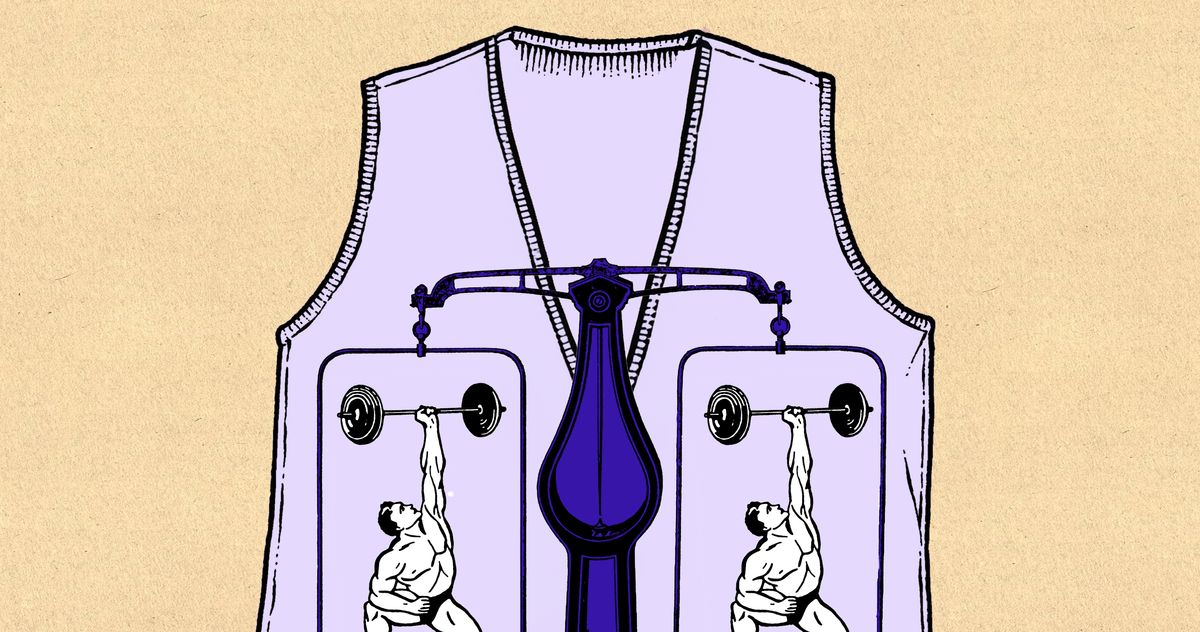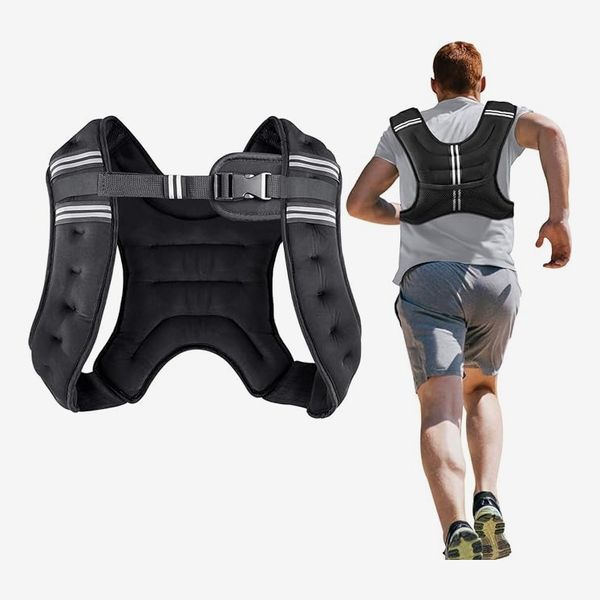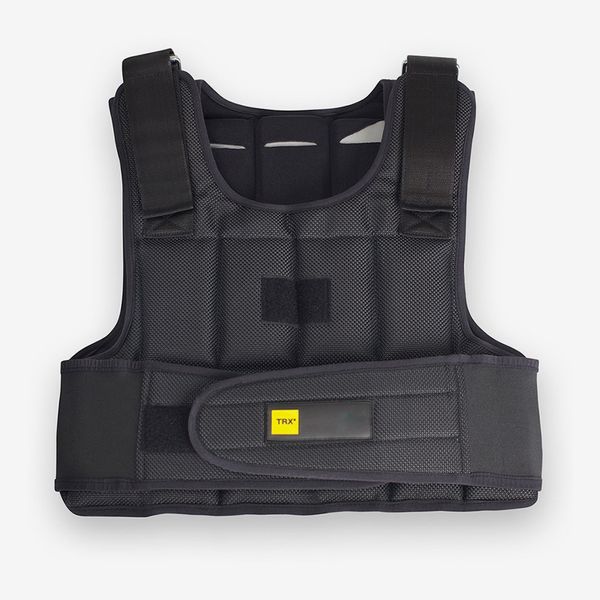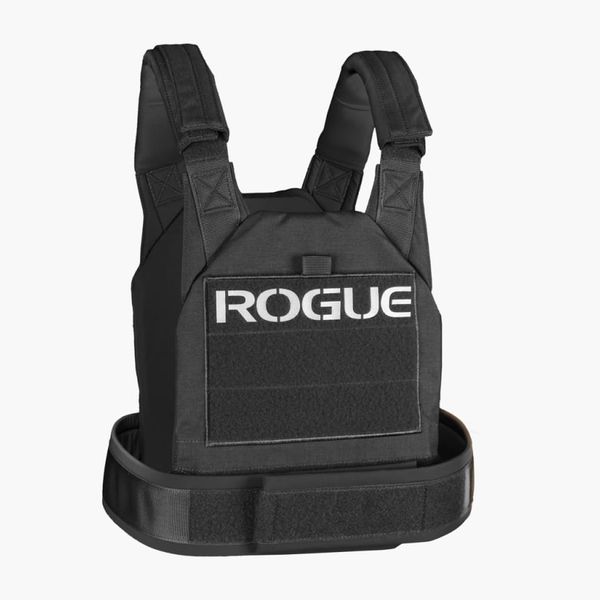Fitness
Should I Buy a Weighted Vest?

Photo-Illustration: The Strategist; Photos Getty Images
I came across weighted vests a few years ago — in the height of the COVID era — when my next-door neighbor started wearing a massive one during his daily workouts in our apartment-building stairwell. After a few months, he dropped what looked like 40 pounds.
Then I started seeing them all over FitTok and Fitstagram — bulky sleeveless pullovers getting hoisted over shoulders and saddled onto torsos for long walks, hikes, and jogs. I watched videos of folks with ripped muscles doing squats while wearing a weighted vest. One midlife-health expert and gynecologist I follow, Mary Claire Haver, has been extolling their virtues — and showing off her startlingly expansive personal collection of vests — for a while. And now there’s a surge of interest in the garment among my friends, along with questions: Are these military-style vests overkill for the average jane or joe? Will I get a better workout wearing one or inevitably injure myself? Is this a fad or a brilliant health hack?
I spoke to experts in this burgeoning field (including researchers who have conducted studies on their use) for answers.
They are what they sound like — vests with added weight. They come in many sizes and forms — some go on like a slim, zip-up life jacket. Others go over your head like a leaden tank top. Some are more of an over-the-shoulder backpack design, with clips in the front. Some have sewn-in steel plates; others use very fine iron pellets (called iron sand) encased in nylon. Many have extra pouches for adding in more weight — either by sliding in new, heavier ingots or tucking additional beanbag-like weights into empty spots. The vests can range in weight from eight pounds up to 100 pounds or more.
Wearing a weighted vest differs from rucking — which is popular with an outdoorsy, often military-adjacent crowd — in that the vests allow the weight to be distributed very uniformly. For rucking, you wear a weighted pack. “Weighted vests are ergonomically designed to add mass but keep it close to the body,” says Christopher Gaffney, Ph.D., an exercise scientist at Lancaster University, who studied the effects of weighted vests in the journal Ergonomics. “The weight is also front and back. It’s very similar to body armor worn in the military. This distribution means the stress applied to muscles is distributed across both front and back similarly.” They’re also less awkward than wearing a backpack and don’t leave you as unbalanced when you’re working out.
For people who struggle to fit in exercise — or hate the gym — vests can be an especially great thing, says Rachelle Reed, Ph.D., a trainer with a doctorate in exercise physiology. For example, “a brisk walk with the dog with the addition of a weighted vest can give you a reasonably good cardiovascular workout without the need to find time to attend the gym,” says Dr. Gaffney. We know that just plain old walking decreases the risk of type 2 diabetes, cardiovascular disease, and dementia and improves emotional well-being and increases longevity. A weighted vest increases your body weight, making the muscles you use to walk work harder — from your feet and ankles to your knees, hips, and spine. “You’re basically working every single muscle of your body a bit harder, except for your arms,” says Clare Morrow, D.P.T., a physical therapist at Hinge Health. (Unless, of course, you wear the vest while doing push-ups, she notes.) The added weight simply increases the intensity of the walking effort, “making it a bigger challenge for your cardiorespiratory system and musculoskeletal system,” says Reed.
People with weak bones — for example, someone with osteoporosis or osteopenia — probably shouldn’t wear one due to the consequences if they were to trip or fall, says Morrow. What might be a bruised hip for someone with strong bones could be a broken one for someone with osteoporosis. Plus, if you’re already a bit unsteady, adding weight might increase your risk of falling.
In addition, if you’ve had multiple past lower-body injuries — say, really tweaky knees or an ankle that has never healed from a sprain — a weighted vest might not be a great idea, says Gaffney. He also notes that he only studied how weighted vests affect people without a history of injuries, and mentioned that in one study, some people reported that wearing a weighted vest caused lower-back pain or soreness. (All the participants in that study were over age 65.)
Finally, if you are pregnant, you may want to consider how you feel and avoid putting any undue, direct pressure — like a super-heavy-weighted vest — on the growing belly, says Reed.
As a rule, most experts suggest that you begin with no more than 10 percent of your body weight, says Reed. So if you’re 150 pounds, don’t go higher than 15 pounds to start. If you pick a vest that allows you to add more weight later, then you can start low and carry more weight over time.
First, be sure to pick one that feels comfortable on your body and doesn’t leave you chafed because it’s too small or large. Adjustability is the biggest consideration, both in terms of how much you can tighten or loosen it to suit your frame, as well as whether you can add in more weight later on, says Reed. The more points of adjustability — shoulders, waist — the better. If you know you’re going to walk in low light or at night, look for a vest with reflective strips, for safety. And if going hands-free is important to you, you’ll want one with a slot for your phone and keys.
There are three types of vests on the market, each with plenty of merits.
Intro-level holster vests: Many of these are fixed weight but available in a range of measurements. They go over the shoulders like a hydration vest, with a buckle in the front around the sternum. They are typically made of scuba-like neoprene, and the weight is distributed along the upper back and all down the shoulder straps. Holster vests are relatively cheap and may be a good place to start for most walks or runs, says Gaffney, but they don’t offer the same adjustability as more expensive options; most can only be tweaked by one small chest strap.
Full-torso vests: These cover most of the torso and can be adjusted with Velcro straps and sometimes drawstring cords along the sides. They typically have multiple slots for weight ingots that can be removable. Some come filled with iron sand and have additional slots for small weight bags.
Plate vests: These are also full-torso vests and wearing one can make you look a little like you’re in the police or military. They have large steel plates that fit into the front and back pocket.
“A fixed-weight holster-type vest is a good place to start, so you can see if a weighted vest might be for you,” says Christopher Gaffney, Ph.D., an exercise scientist at Lancaster University.
“This type of vest is very adjustable — both at the waist and shoulders — and comes at different weight sizes, so that you can progress over time,” says Rachelle Reed, Ph.D., a trainer with a doctorate in exercise physiology.
“If you’re an avid gymgoer, then it may be worth the further investment in something like a plate-carrier vest. These allow a good amount of adjustment, good comfort, and you can use multiple weight combinations,” says Gaffney. “It’s also the type of vest used in our study.”
The Strategist is designed to surface useful, expert recommendations for things to buy across the vast e-commerce landscape. Every product is independently selected by our team of editors, whom you can read about here. We update links when possible, but note that deals can expire and all prices are subject to change.












